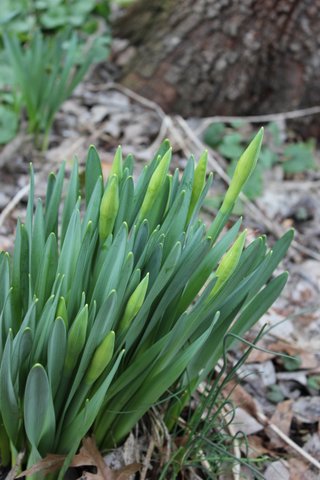by Lois Rose
Phenology has become a trending topic—on the national news with the cherry blossoms breaking in Washington a month early. Here in Cleveland, we can track our own very early blossoms using a link to the phenology calendar by typing in our own zip code to find out what is coming next in the garden. Phenology is the study of events in the garden—biological events in the outdoors—that recur each year and understanding their relationship to weather. People have tracked these events for hundreds of years—perhaps thousands, as in the Bible. Examples are bird migration, blooming of wildflowers and trees, and appearance of insects, seasonal animal activities for hunting.
[ngg_images source=”galleries” container_ids=”34″ exclusions=”439,449,450,451,452,453,454,455,456,457,458,459,460,461,462,463,464,465,466,467,468,469,470,472,473,474,475,476,477,478,479,480,481,482″ display_type=”photocrati-nextgen_pro_mosaic” row_height=”180″ margins=”5″ last_row=”justify” lazy_load_enable=”1″ lazy_load_initial=”35″ lazy_load_batch=”15″ captions_enabled=”0″ captions_display_sharing=”1″ captions_display_title=”1″ captions_display_description=”1″ captions_animation=”slideup” order_by=”sortorder” order_direction=”ASC” returns=”included” maximum_entity_count=”500″]
Last year at this time—the beginning of March—we had a different phenological profile—we had not had as much warm weather and plants were not as far along. These photos were taken on March 1 in Cleveland Heights. Some of the plants pictured do very well in cold weather—and in fact have been blooming even under snow for months. An example would be hellebores, winter aconite (yellow blossoms close to the ground ) and snowdrops. Other plants may be adversely affected by the below freezing temperatures we are sure to experience until the average frost free date in mid-May. That is two and a half months away. As their buds swell, they are more susceptible to freezes which will damage the cells filled with water. Insects are also being invited to come out early. The calendar tells you what to expect, for example, tent caterpillars at the ready.
[ngg_images source=”galleries” container_ids=”34″ exclusions=”437,438,439,440,441,442,443,444,445,446,447,448,449,460,461,462,463,464,465,466,467,468,469,470,471,472,473,474,475,476,477,478,479,480,481,482″ display_type=”photocrati-nextgen_pro_mosaic” row_height=”180″ margins=”5″ last_row=”justify” lazy_load_enable=”1″ lazy_load_initial=”35″ lazy_load_batch=”15″ captions_enabled=”0″ captions_display_sharing=”1″ captions_display_title=”1″ captions_display_description=”1″ captions_animation=”slideup” order_by=”sortorder” order_direction=”ASC” returns=”included” maximum_entity_count=”500″]
Magnolias have swollen buds—their time to bloom was approaching fast when this recent freeze began. Forsythia around the city are already starting to bloom as well and this often occurs at the end of March along with the blooming of daffodils. Daffodils are already opening. So, we are definitely experiencing an unusual phenological event here in northeast Ohio.
